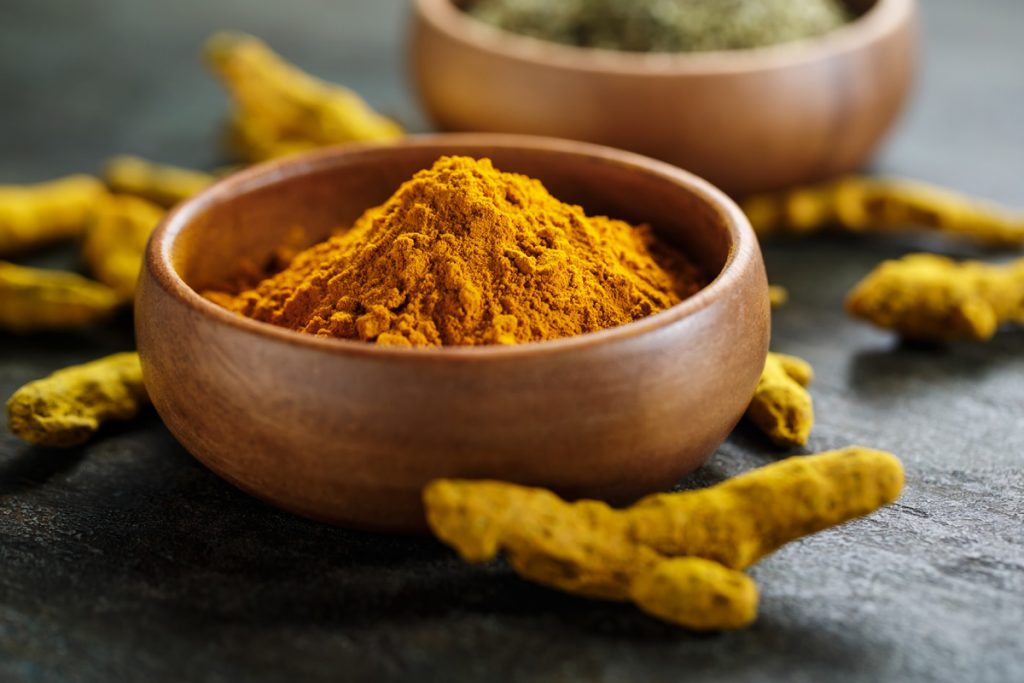
Oil Pulling
For some, a trip to the dentist is like, well, pulling teeth! The ancient Ayurvedic ritual of Oil Pulling is a magical oral detoxification achieved simply by swishing coconut or sesame seed oil (both alkaline) in your mouth for 5-20 minutes. The benefits are numerous including curing tooth decay, killing bad breath, healing bleeding gums, preventing heart disease, reducing inflammation, boosting the immune system, soothing a dry throat, whitening teeth, repairing cracked lips, clearing ache and preventing cavities.
Coffee Tweak
A member of the ginger family, the alkaline spice cardamom has been used to make heavy and acidic foods easier to digest for more than 5,000 years. Throughout the Middle East even coffee is brewed with ground cardamom seeds, reducing its acid and neutralizing the stimulating effects of caffeine, all while adding a pleasant burst of flavor. Cardamom is also one of the richest sources of the phytochemical cineole, a potent antiseptic for bad breath, gum disease, sore throats and respiratory conditions.
Tasty Turmeric
Turmeric is best known for its beautiful, bright orange color and use in Indian cooking. The active ingredient, curcumin, which gives the spice its vibrant color, is also a pH indicator. When you put turmeric in foods that have a pH value under 7.4, the turmeric will turn yellow. In foods with a pH above 8.6, it turns red. In addition to being highly alkalizing to the body, it has a long history of use in the treatment of arthritis, colitis, ulcers, cancer, diabetes and atherosclerosis.
Alkaline Diet
Eating “alkaline” means choosing whole foods like vegetables, root crops, fruits, nuts, seeds, spices, whole grains and beans (especially lentils). Replace your acidic beverages with alkalizing ones such as spring water with a splash of lemon, ginger root or green tea. Eat smaller amounts of essential fats, meat, fish, pasta and other grains. Eliminate processed and artificial foods, caffeine, white sugar and white flour. Dress salads or cook with high-quality fats such as ghee and avocado oil.











